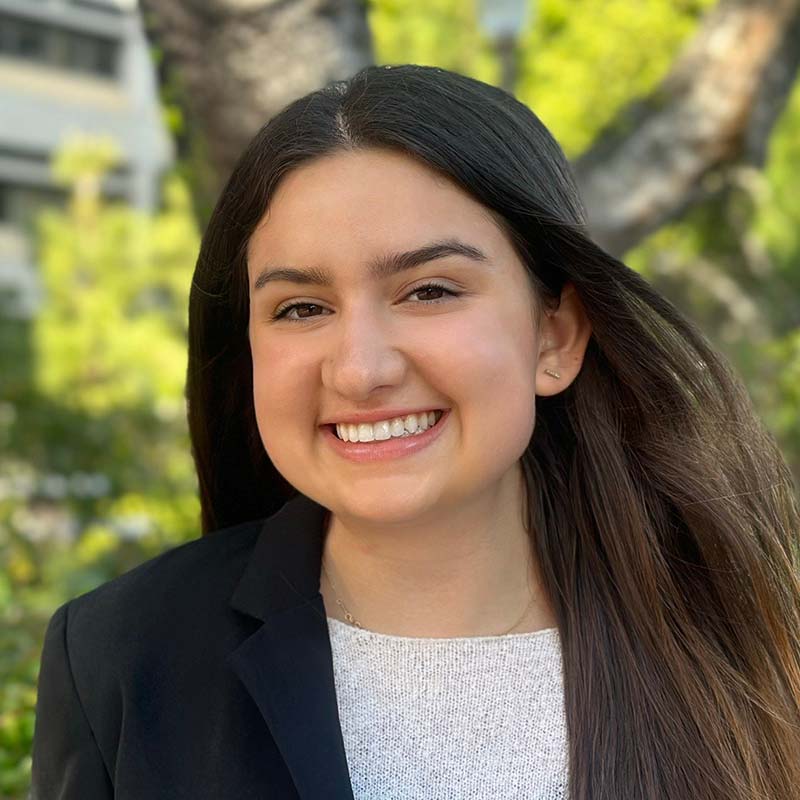Olympic Race Walker Shaul Ladany Survived Bergen-Belsen and the Munich Massacre
Shaul Ladany, an 88-year-old world-record holding speed-walker, has defied death multiple times. As a small child, he survived the German occupation of Budapest and Bergen-Belsen concentration camp. Then, representing Israel in the 1972 Munich Olympics, he narrowly escaped the massacre that took the lives of 11 Israeli athletes.
Schindler’s List Survivor Celina Biniaz Warns Against the Corrosive Power of Hatred
For years, Celina Biniaz, one of the youngest people saved by Oskar Schindler, did not tell anyone – not even her children – that she was a Holocaust survivor. She feared no one could comprehend what she had been through, and she didn’t want to impose the trauma of her childhood upon her son and daughter.
Celina’s reluctance to speak ended in 1994. That year, director Steven Spielberg brought Oskar Schindler’s story to the screen with Schindler’s List. He established Survivors of the Shoah Visual History Foundation, which later became the USC Shoah Foundation.
